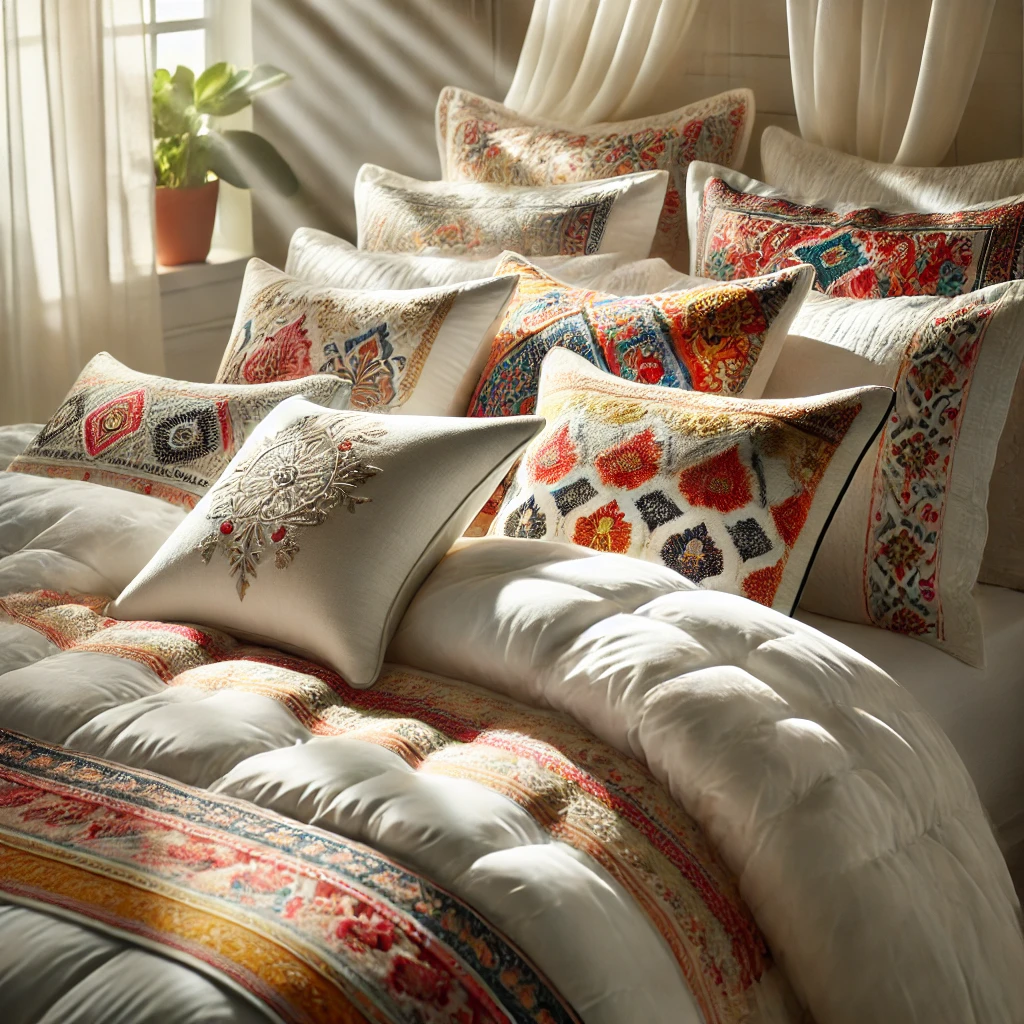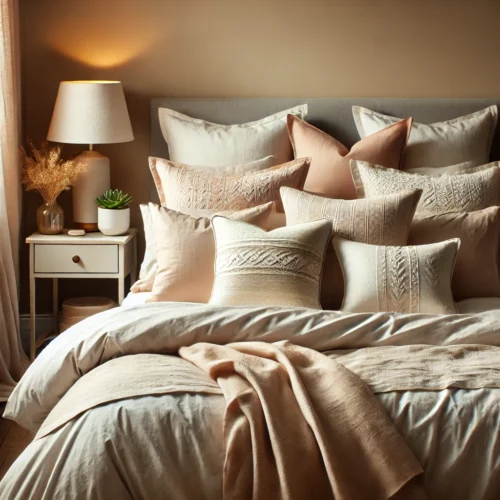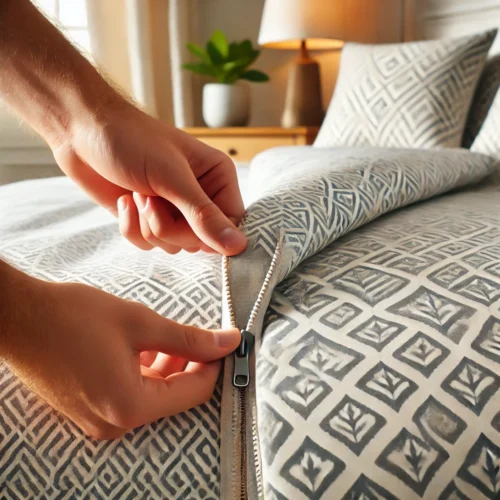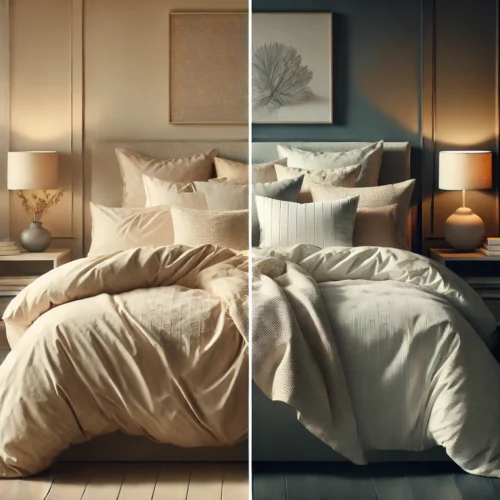Quality Bedding Upgrade
Want faster, deeper sleep tonight? A quality bedding upgrade improves comfort, regulates temperature, and reduces irritation—no full bedroom makeover required.
Key Takeaways on Quality Bedding Upgrade
- Start with sheets: Choose breathable, natural fibers (organic cotton, bamboo) for year‑round comfort in your quality bedding upgrade.
- Match comforter weight to climate: Lightweight for hot sleepers, medium for most homes, extra warm for winter or drafty rooms.
- Pick pillows by sleep position: Side sleepers need more loft; back/stomach sleepers need thinner support to keep the neck neutral.
- Go hypoallergenic and certified: Look for GOTS or OEKO‑TEX® to minimize skin irritation and off‑gassing.
- Refresh on a schedule: Replace sheets and pillows regularly and wash on a cadence that supports hygiene and longevity.
Why a Quality Bedding Upgrade Matters
Answer first: A quality bedding upgrade helps you fall asleep faster, stay asleep longer, and wake up more refreshed by balancing temperature, reducing allergens, and improving support.
It isn’t just a splurge—it’s a total game-changer for your sleep. Think about it: you spend nearly a third of your life in bed. Doesn’t it deserve some love? Low-quality bedding can leave you overheating, itchy, or tossing around all night. Not exactly restful.
Now imagine this: slipping into breathable, buttery-soft sheets that instantly calm your senses. That’s what quality feels like. High-end bedding supports your body, keeps allergens at bay, and turns your bedroom into a true sanctuary.
- Try cotton or bamboo sheets—they’re breathable and soft on the skin.
- Pick pillows based on how you sleep—your neck will thank you.
- Go for calming textures and colors that make you feel relaxed instantly.
Curious where to start? Check out our guide to building the ultimate sleep setup.
Your bed should be your happy place—and with the right upgrades, it absolutely can be.
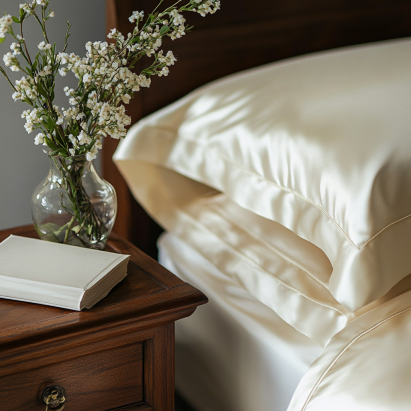
Find Your Perfect Comforter Weight
Answer first: Choose comforter weight by your sleep temperature and climate—lightweight for hot sleepers/summer, medium for most homes, and extra warm for cold rooms or winter.
We all sleep a little differently. Maybe you sleep hot and kick off your covers halfway through the night. Or maybe you like to feel cocooned in warmth. Either way, choosing the right comforter weight is key to staying comfortable year-round.
Here’s the trick: check the fill power and match it with your needs. Lightweight comforters are ideal for warmer climates or summer months. If you’re in a cooler space or just love that snug feeling, go for a heavier option. And don’t forget—your partner might have different sleep needs than you!
- Lightweight: Great for summer or hot climates
- Medium Weight: Perfect for year-round versatility
- Extra Warm: Ideal for winter or drafty bedrooms

Bottom line? Your comforter should work with you—not against you—so choose one that fits your lifestyle and climate.
Organic and Ethically Sourced Bedding
Answer first: Opt for organic, ethically made materials (GOTS or OEKO‑TEX® certified) to reduce skin irritation, cut chemicals, and support fair labor—without compromising comfort.
Want to sleep better and feel better about your choices? Opting for organic and ethically made bedding is a simple way to make a big impact. Organic cotton is grown without toxic pesticides, while bamboo is fast-growing and naturally sustainable. Plus, when your bedding carries certifications like GOTS or OEKO-TEX®, you know it’s safe for your skin.
And let’s not forget the people behind the products. Ethical bedding supports fair labor and better farming practices. So every time you snuggle up, you’ll feel just a little bit better knowing your purchase made a difference.
- Organic Cotton: Soft, breathable, and chemical-free.
- Bamboo: Cool to the touch and planet-friendly.
- Fair Trade: Respect for the people who made your sheets.
Want more tips? Dive into The Company Store’s Guide for extra inspiration.
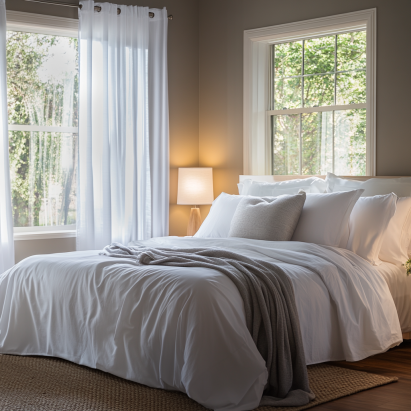
With the right choices, your bedding can reflect your values—and help you sleep even sounder.
You don’t have to overhaul your entire room to sleep better—just start with your bedding. These quality bedding upgrade essentials make a big impact without a full makeover. You’ll feel the difference from night one. Here’s to cozier nights and brighter mornings!
FAQ
- What are the best materials for a quality bedding upgrade?
- Choose breathable, natural options like organic cotton, TENCEL™ Lyocell, and bamboo blends for hypoallergenic comfort.
- How often should you replace bedding items?
- Sheets every 1–2 years, pillows every 1–2 years, and comforters about every 5 years depending on quality and use.
- Can luxury bedding improve sleep?
- Yes—higher-end materials better regulate temperature, provide more consistent support, and reduce irritation for deeper rest.
Related reading from Cozy Bed Quarters
- How Often to Wash Bedding
- Eco-Friendly Sleep Choices and Bedding Options
- Bedding Materials and Benefits
Other reading we found popular
- Sleep Foundation — Bedding & Sleep Basics
- The Spruce — Bedding Material Guides
- Peacock Alley — The Linenry (Care & Styling)

